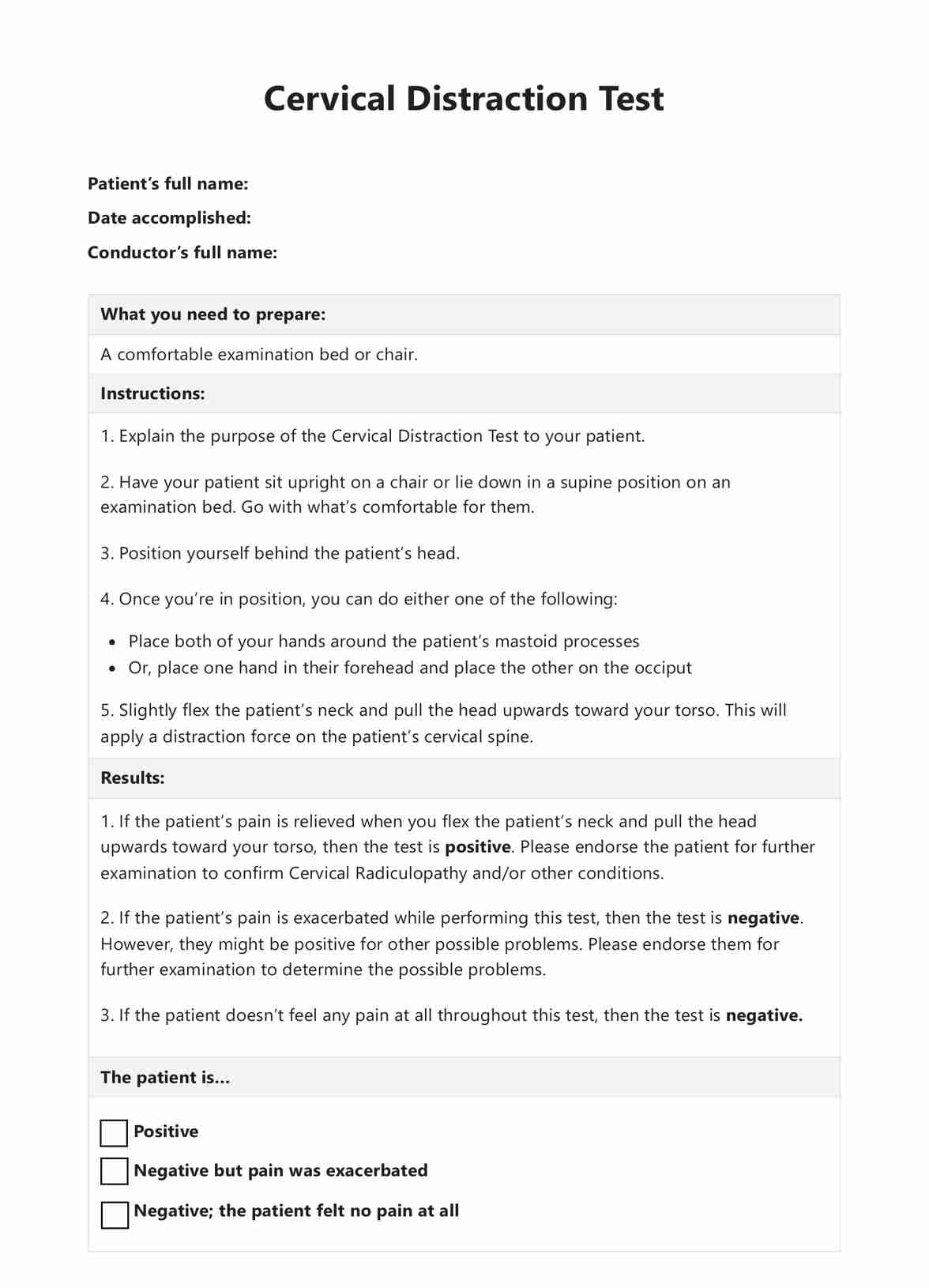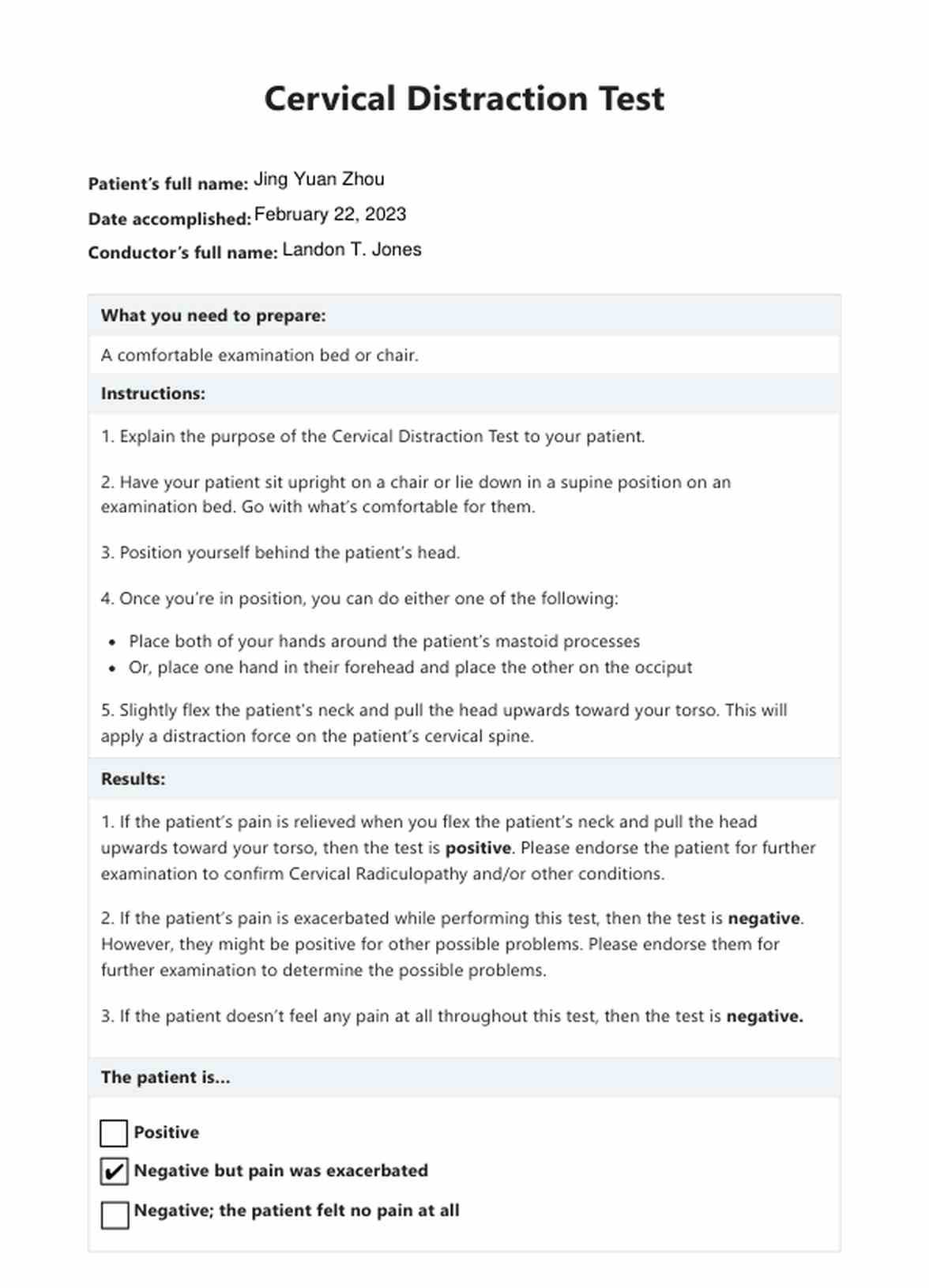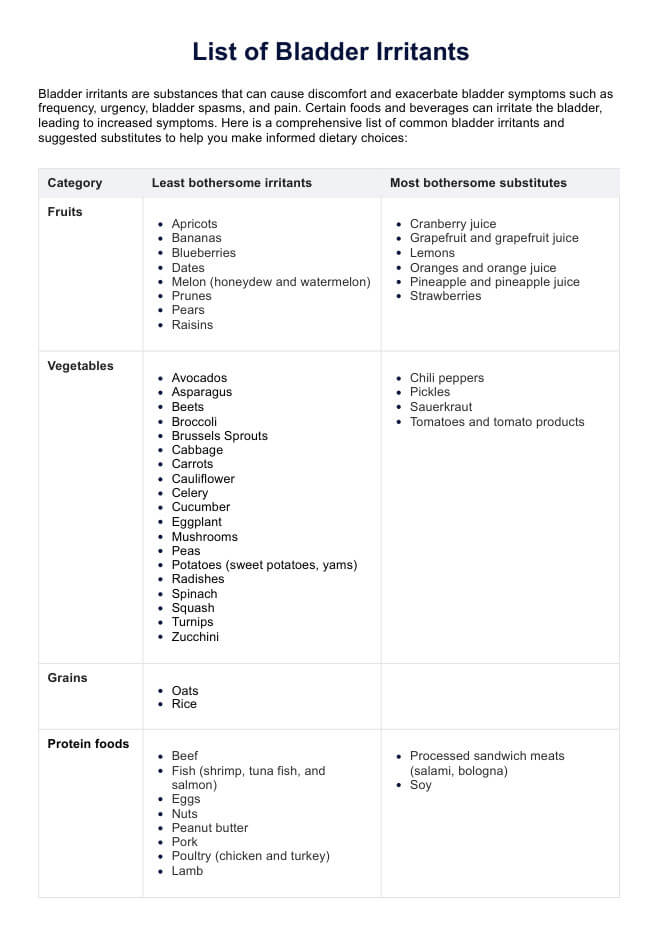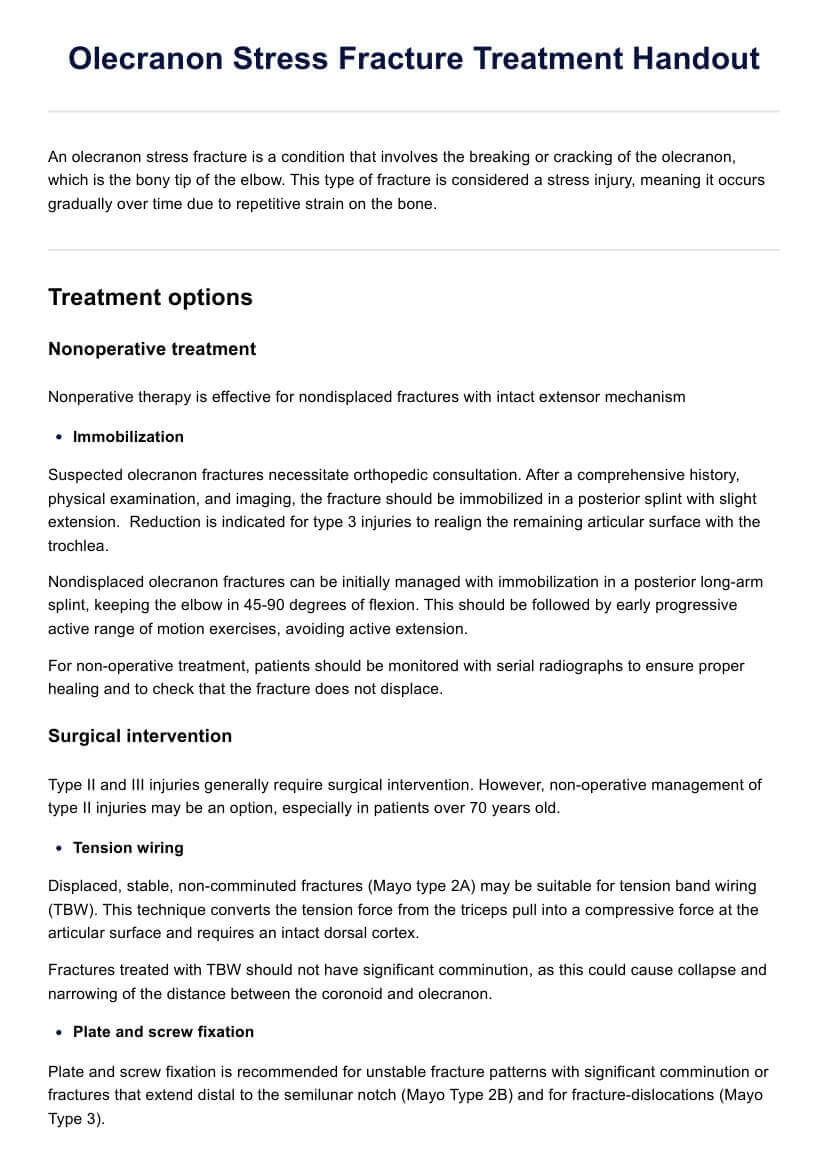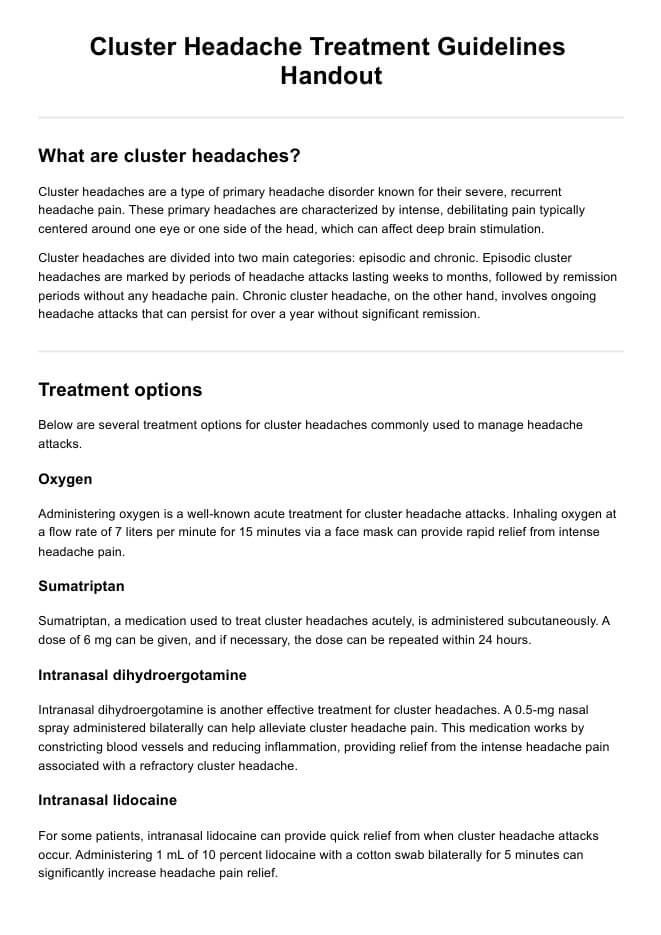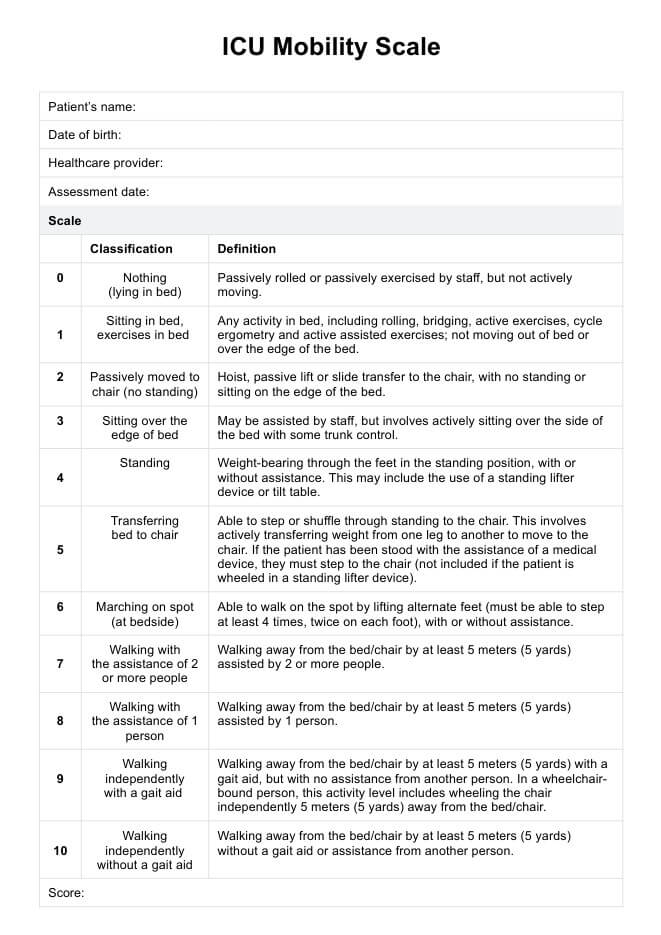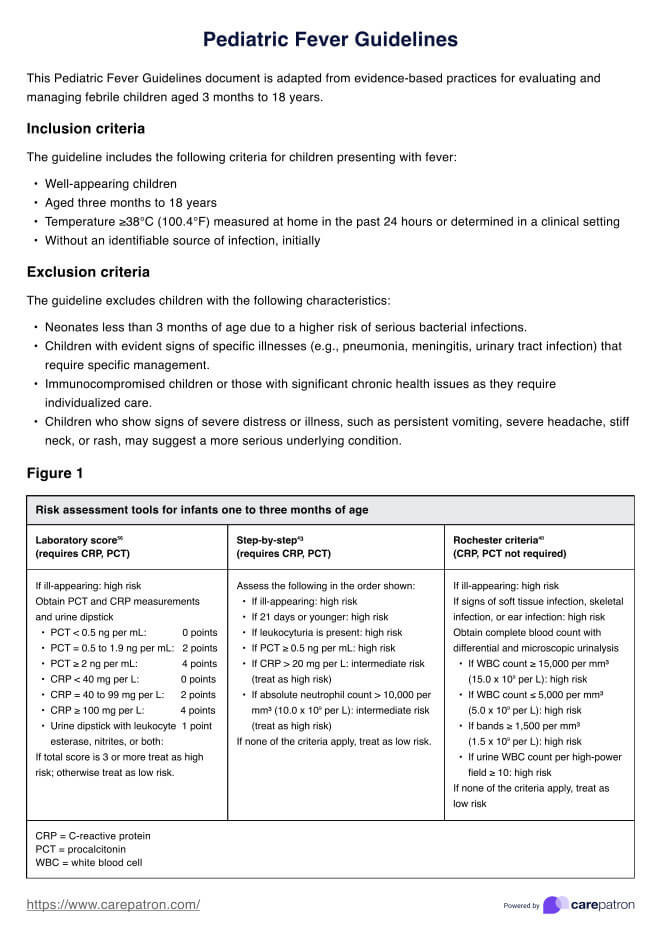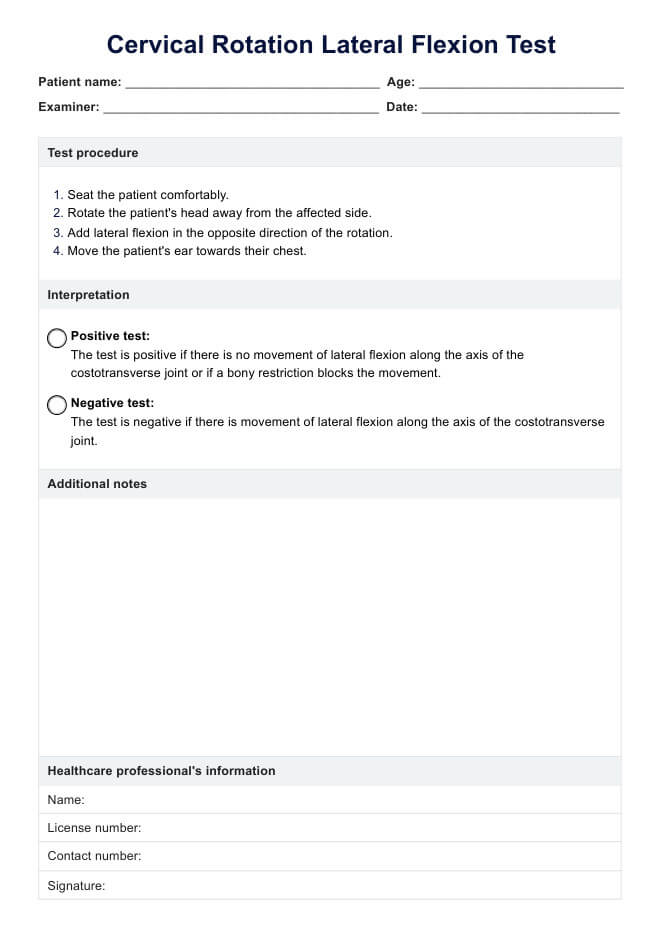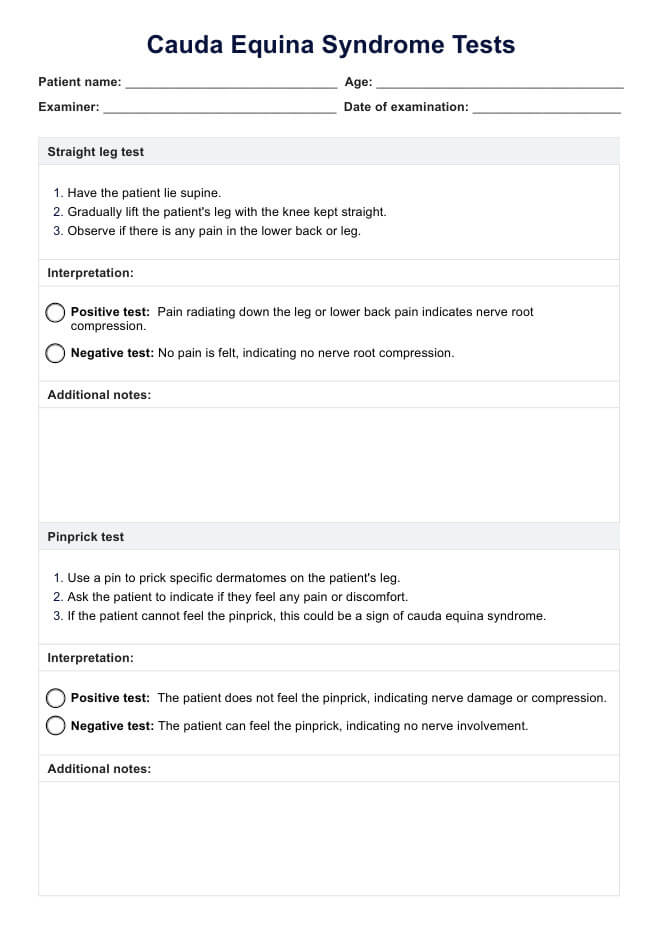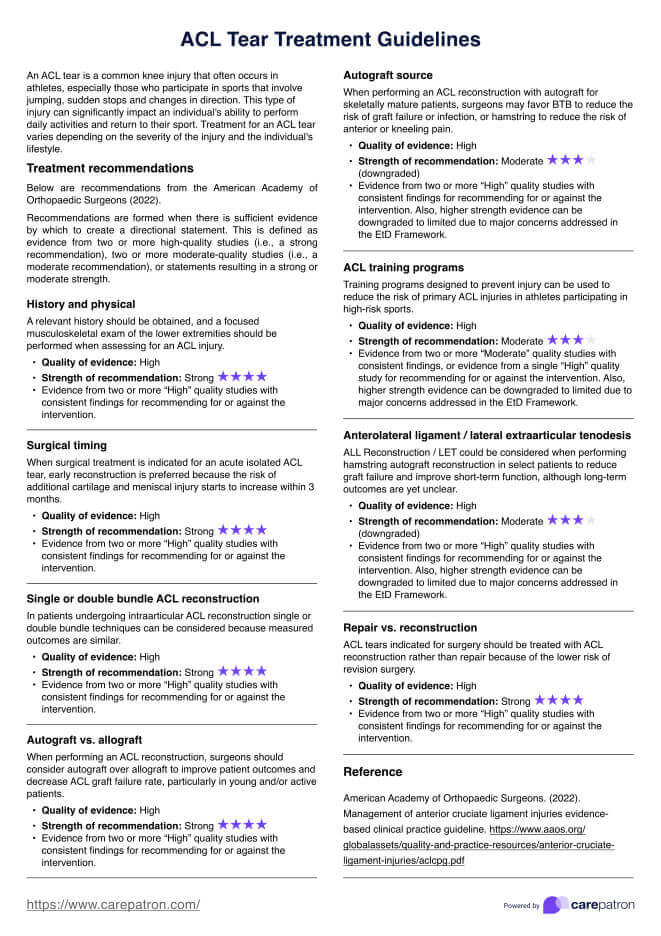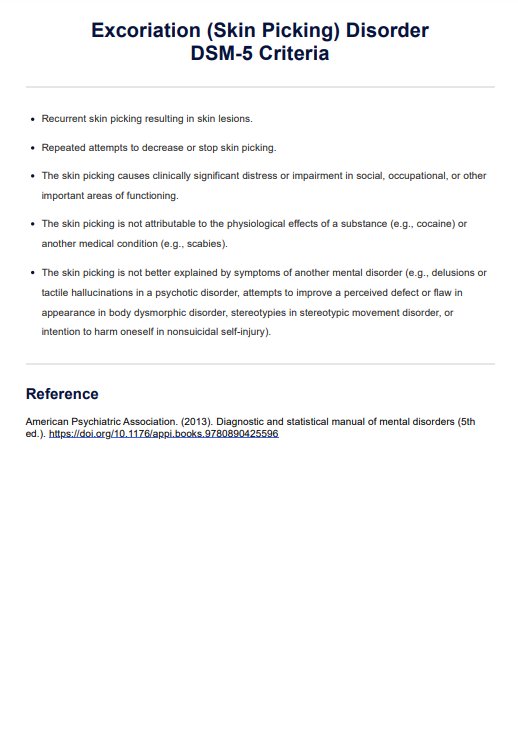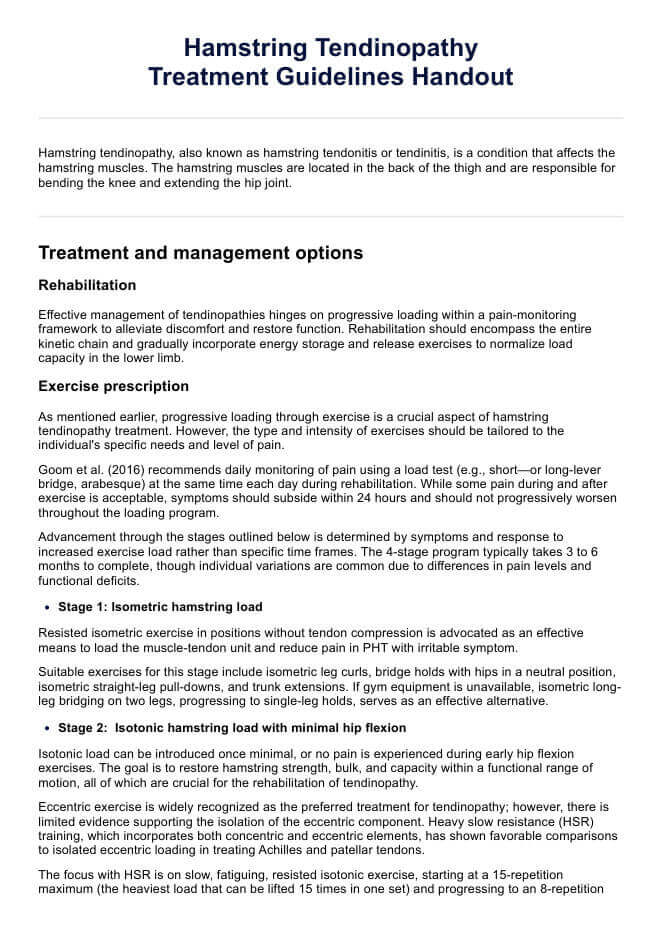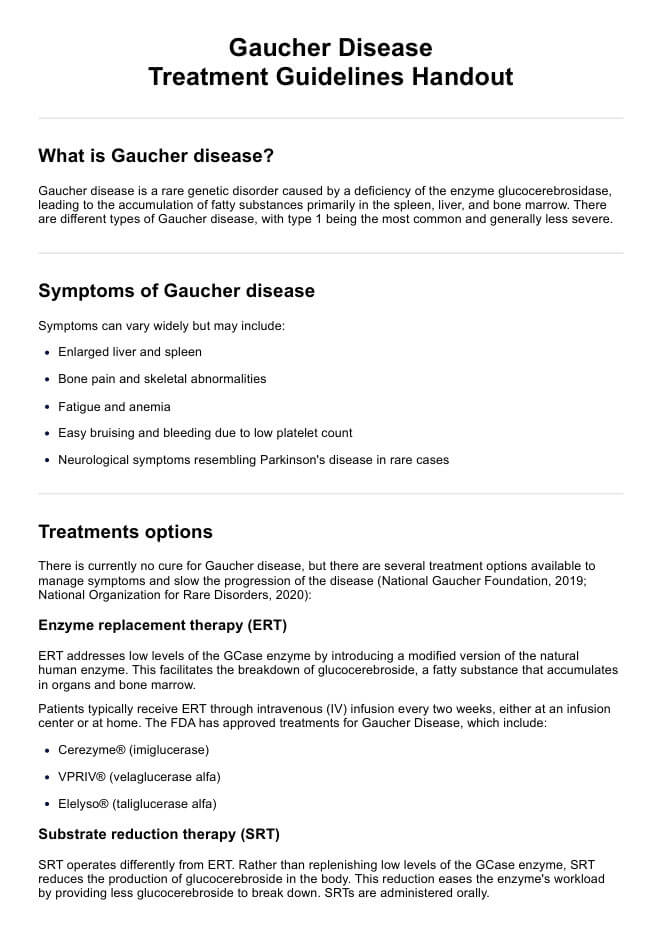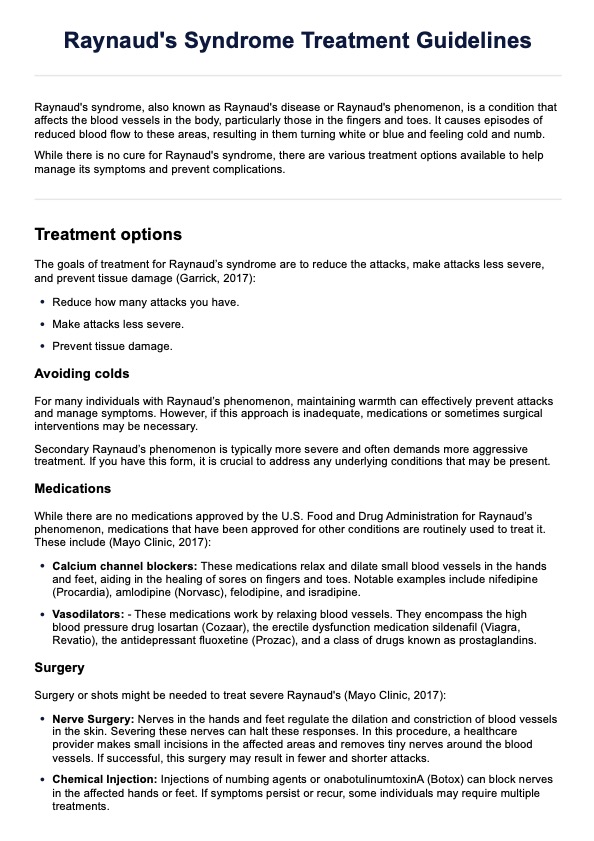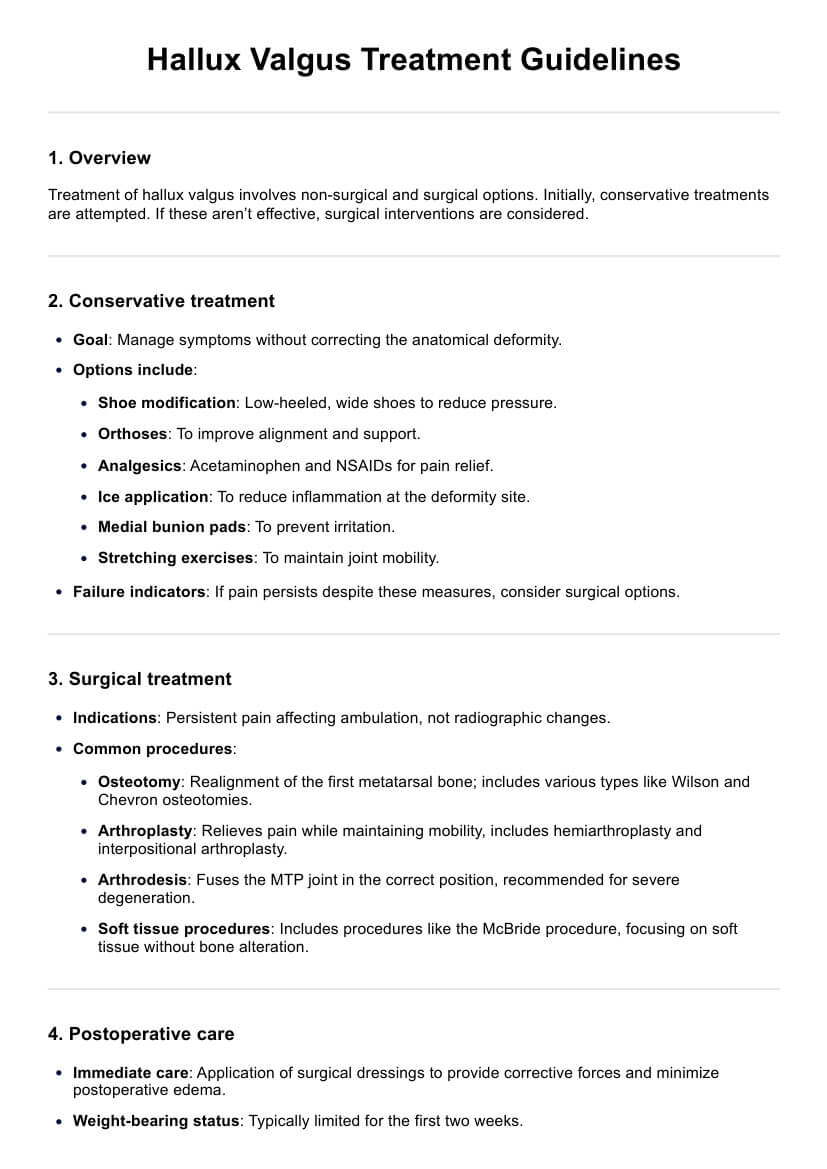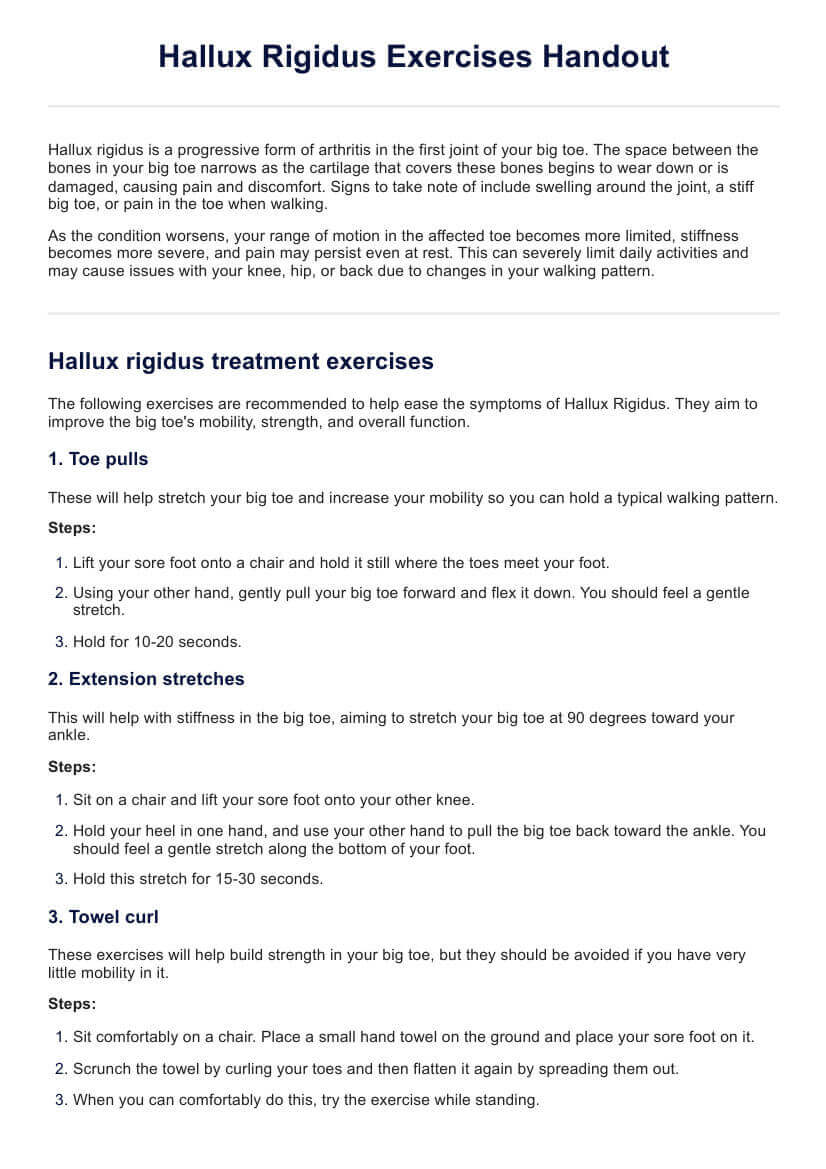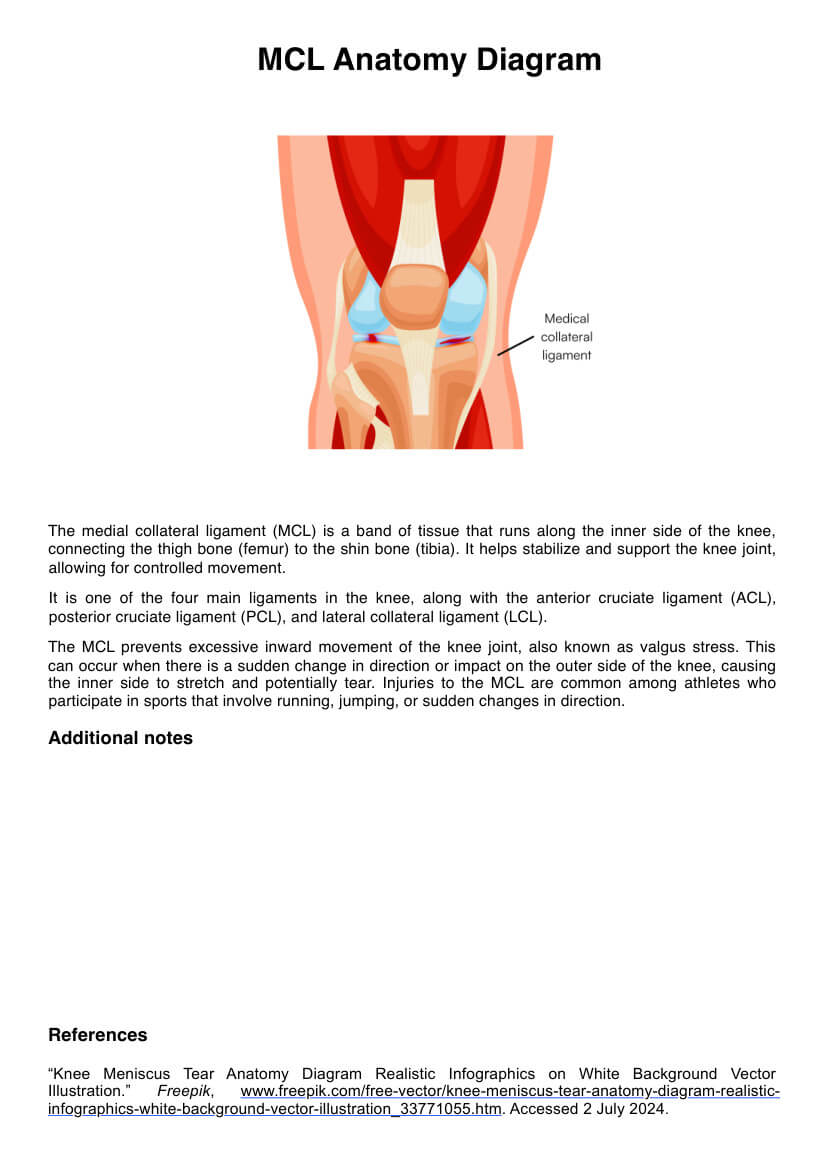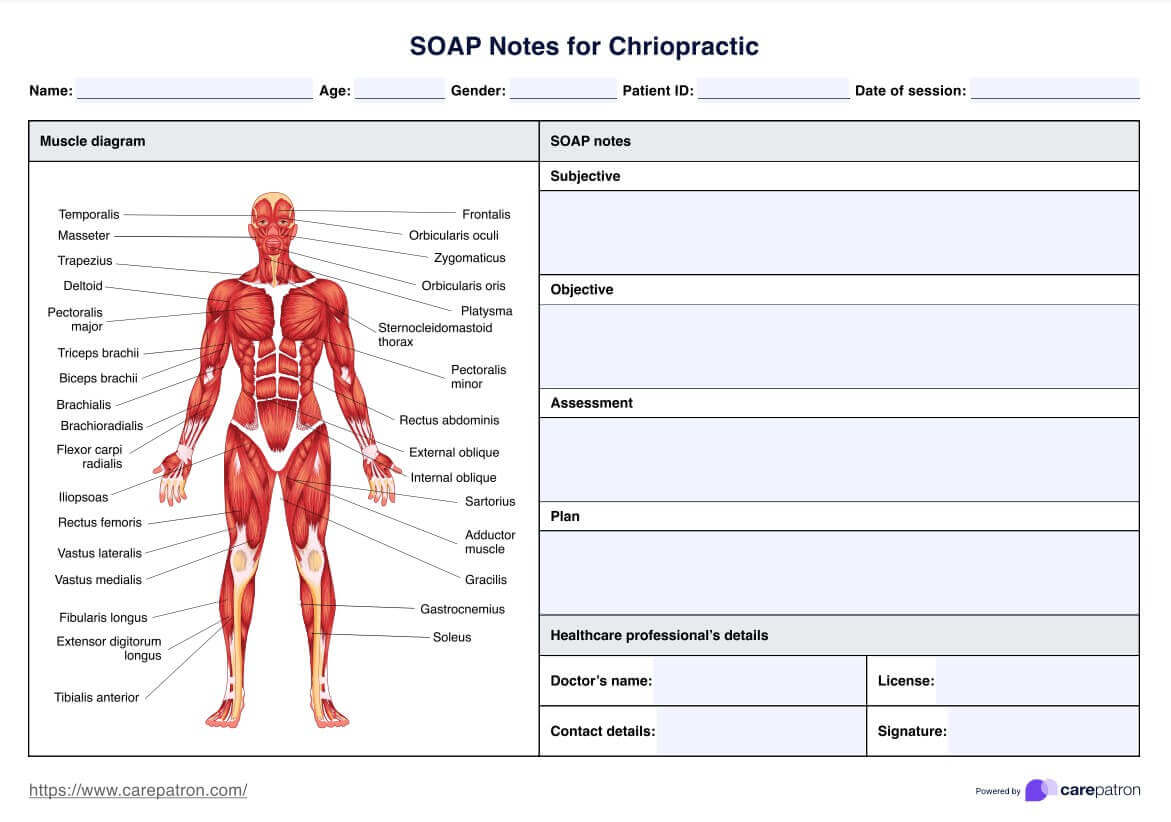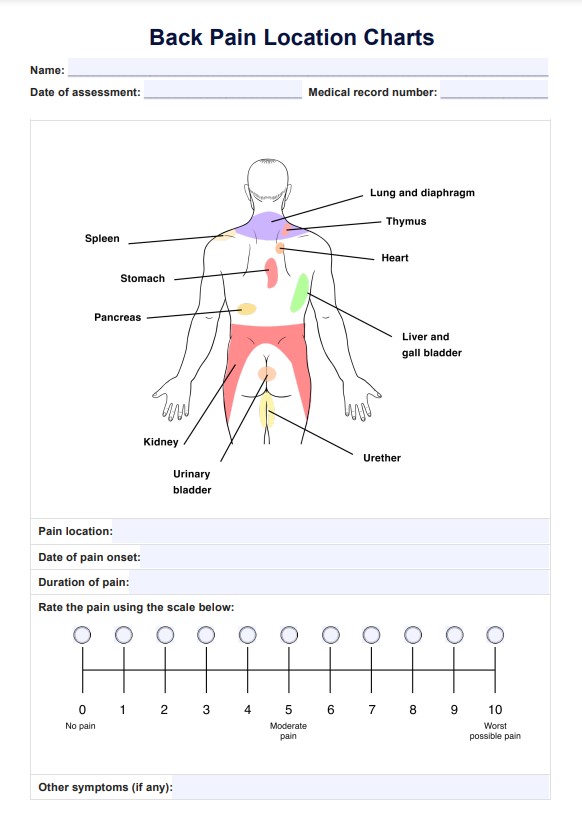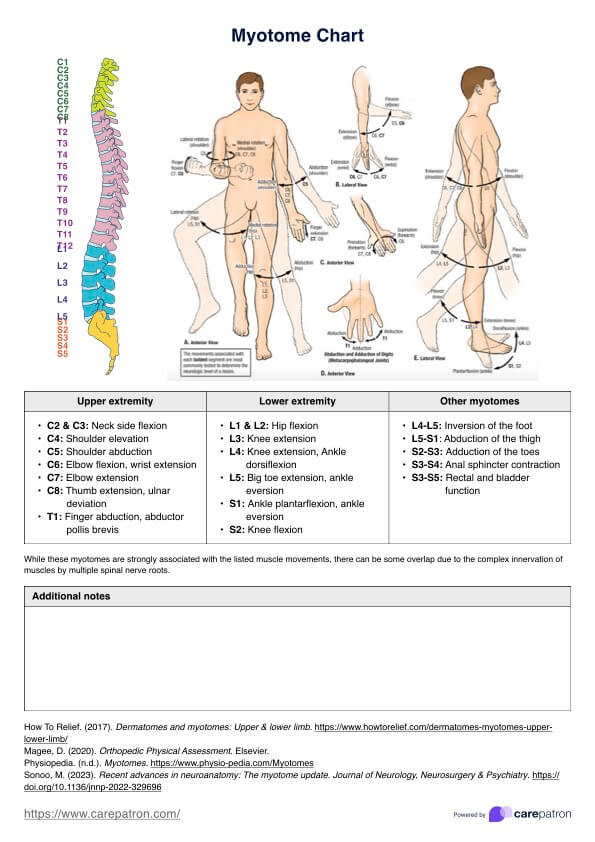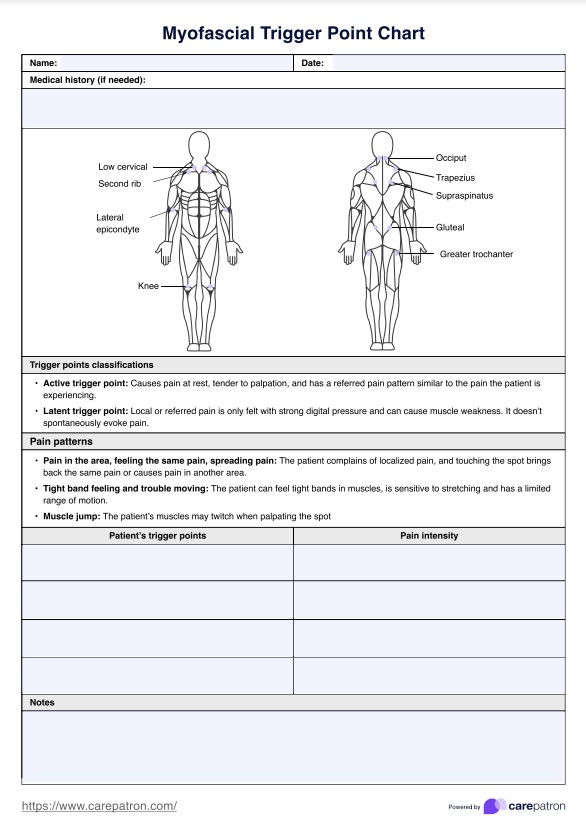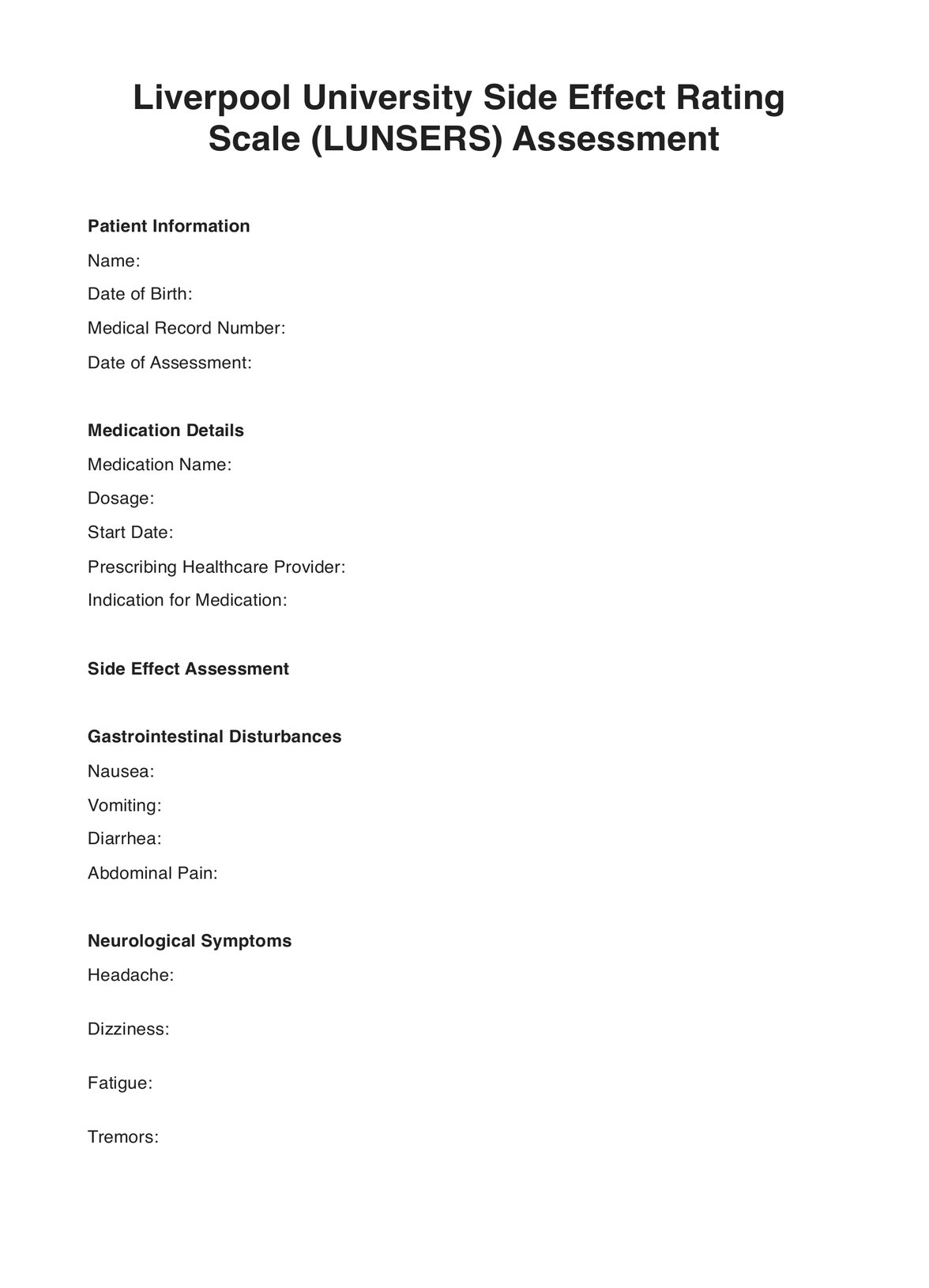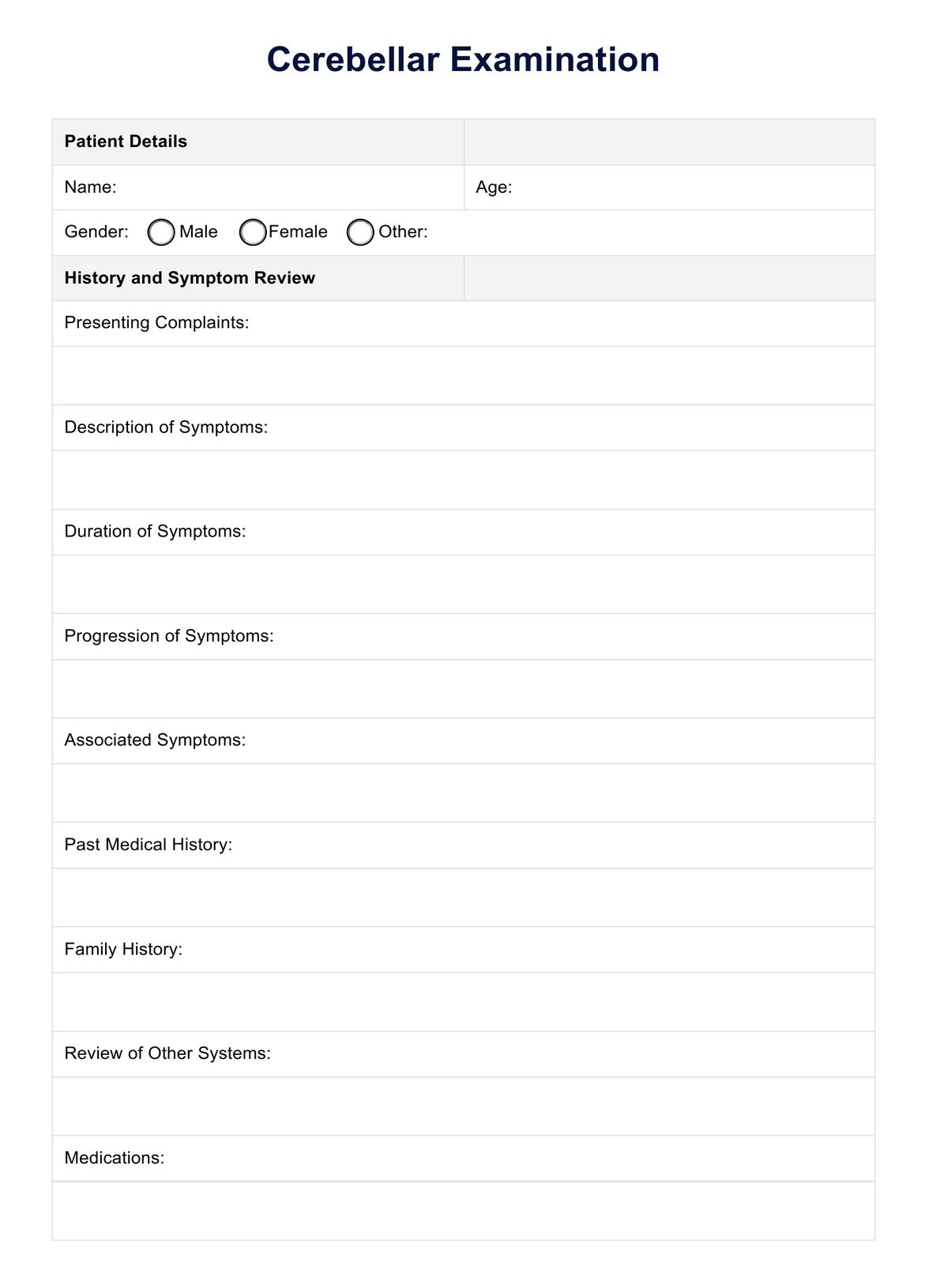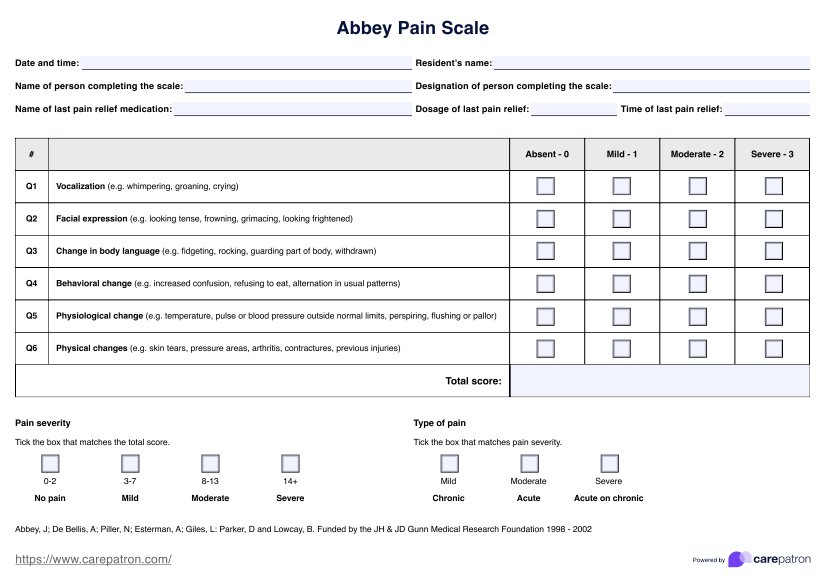Cervical Distraction Test
If your patient complains about pains in their cervical spine area, there might be a chance that they have Cervical Radiculopathy. To gauge this, you can perform the Cervical Distraction Test. Learn more about this examination technique through this guide!


What is the Cervical Distraction Test?
Before we discuss what the is all about, let’s first discuss what it aims to gauge, which is Cervical Radiculopathy.
Cervical Radiculopathy is a kind of pain in the neck area resulting from the cervical spine nerves being compressed, impinged, or irritated. The type of pain this produces is a radiating pain. If a person has Cervical Radiculopathy, chances are, the pain will spread out beyond the neck area and can even affect the shoulders and arms. This may also result in the weakening or numbing of the muscles in their arms. If you’ve ever heard of the term “pinched nerve,” this is it.
The Cervical Distraction Test is a physical examination technique developed to check if patients possibly have Cervical Radiculopathy. It does so by creating a distraction (hence the name) in the cervical spine by lifting a patient’s head and neck upwards. This is to check if the distraction can relieve the patient of the radiating pain that they are feeling in their upper extremities and/or if there is an improvement in their neck’s range of motion.
The instructions for this test are straightforward, and we will discuss exactly what you need to do for this test in the following section.
Check out this video to see how the Cervical Distraction Test is performed:
Cervical Distraction Test Template
Cervical Distraction Test Example
How to perform the Cervical Distraction Test
Before you perform the Cervical Distraction Test, there is one thing you need to prepare: a comfortable examination bed or a chair. This physical examination technique is performed while the patient sits upright or sits in a supine position.
Once you have either the examination bed or chair prepared, follow these instructions:
- Explain the purpose of the Cervical Distraction Test and why you decided to perform it on the patient. This is your opportunity to educate the patient about their symptoms and what they might be dealing with.
- After explaining the test to the patient, have them sit upright on a chair or lie down in a supine position on an examination bed. Go with what’s comfortable for them. If they decide to lie down, make sure their legs are straightened.
- Position yourself behind the patient’s head.
- Once you’re in position, you can do either one of the following:
- Place both of your hands around the patient’s mastoid processes
- Or, place one hand in their forehead and place the other on the occiput
- Once your hands are in position, you will flex the patient’s neck slightly and pull the head toward your torso. This will apply a distraction force on the patient’s cervical spine.
These are all the steps you need to do to properly perform the Cervical Distraction Test. Easy, right?
How to interpret the findings of the Cervical Distraction Test
Now that you know how easy it is to perform the Cervical Distraction Test, you’ll be elated to know that interpreting the findings is also easy! It doesn’t involve any calculations, so you don’t have to worry about crunching numbers.
There are three possible designations that you can give your patient for this test:
- If the patient’s pain is relieved when you flex the patient’s neck and pull the head upwards toward your torso, then the test is positive. This means that it is likely that the patient has Cervical Radiculopathy. If the cervical spine nerves are compressed and impinged, the test should provide the distraction that will relieve the compression of the nerves, and in turn, relieve the pain.
The next step is to endorse them for further examination to confirm the presence of Cervical Radiculopathy and to determine if there are other possible problems.
- If the patient’s pain is exacerbated while performing this test, then the test is negative, however, they might be positive for other possible problems. If this is the result, you should also endorse them for further examination to determine the specific problem.
- If the patient doesn’t feel any pain throughout this test, then the test is negative.
That’s it! Make sure to ask the patient how they feel while performing the technique so you know what designation to make at the end.
When is it best to conduct the Cervical Distraction Test?
If a patient sets up an appointment with you to discuss pains in their neck, it would be best for you to have them describe what exactly they are feeling. Cervical Radiculopathy symptoms include the following:
- A “burning” or “sharp” pain in the neck
- Turning their neck hurts
- Moving the neck in certain directions hurts
- Their shoulders, arms, and hands feel weak
- They feel a “pins and needles” sensation in their hands or fingers
If your patient mentions any of these, then that’s your cue to conduct this test to confirm the possibility of Cervical Radiculopathy.
One of the directives we made earlier while discussing the interpretation of results is to endorse the patient for further examination if they test positive for the Cervical Distraction Test. This test is usually included in a comprehensive patient examination because it cannot confirm Cervical Radiculopathy on its own. That doesn’t mean it’s unreliable, though! It can confirm the possibility based on a certain factor: the pain being relieved when the head and neck are pulled towards the healthcare professional’s torso.
Other tests, including imaging tests, will confirm if the patient has Cervical Radiculopathy and other possible cervical spine-related issues.
Who can conduct the Cervical Distraction Test?
Since the Cervical Distraction Test is a physical examination technique involving flexing the neck and pulling the head upwards, it should only be conducted by healthcare professionals with extensive knowledge about musculoskeletal anatomy. These professionals include the following:
- Orthopedists and neurologists - These professionals are well-versed in understanding, analyzing, and treating the musculoskeletal system. They are knowledgeable about physical examination techniques such as this test, and they can determine what other tests should be conducted, and know how to tailor-fit treatment plans for each patient. They can also perform surgery if needed (though this should be the last resort).
- Physical therapists and occupational therapists - Like orthopedists and neurologists, they also have a great understanding of the musculoskeletal system and how to perform physical examination techniques properly. They can also assist with developing rehabilitation plans (if needed) and helping patients restore their functional independence if ever Cervical Radiculopathy or other cervical spine-related issues have impacted patients horribly.
- Chiropractors - Same thing with the previously mentioned professionals. If test results confirm that realignment can help fix the problem, these professionals can work their chiropractic magic to fix the problem. The realignment might make the patient feel renewed.
It’s best to leave the Cervical Distraction Test to these experts because if performed incorrectly, a person might worsen the cervical spine problem of the patient.
.png)
What are the benefits of the Cervical Distraction Test?
It can save the professional some time!
If the healthcare professional’s schedule is packed (it’s likely it is), the Cervical Distraction Test can save them time! The simplicity of the test’s instructions makes this test easy to accomplish. The professional should only take 1 to 5 minutes to finish this test. Even the interpretation of results is easy because this test focuses on a specific factor to designate the patient as positive or negative for possible Cervical Radiculopathy. There are no calculations involved.
It can determine what specific tests patients have to go through.
Another great thing about this test is that it can help healthcare professionals determine the next set of tests to conduct on a patient. Imaging tests will always be a staple, but certain physical examination techniques will depend on the patient’s problem.
Let’s say a patient tests negative for this test, but they still felt pain while you pulled their neck and head upward. That means they might be dealing with another cervical spine problem. This means certain physical examination techniques will be conducted to narrow things down.
If they test positive, other tests should confirm the Cervical Radiculopathy and other adjacent complications that usually accompany it, like Spondylosis or Disc Herniation.
It can also determine what should go into a patient’s treatment plan.
Now, let’s stipulate that the patient is confirmed to have Cervical Radiculopathy. The treatment for this will depend on its severity. Do they simply need to rest? Will ice or heat packs do the trick? Do they need to undergo physical therapy and rehabilitation? Will realignment fix the problem? Or is surgery the best and only option? These questions will be answered by both the Cervical Distraction Test results and the results of other tests.
Commonly asked questions
It should only take 1 to 5 minutes, if you don’t count other factors like checking the patient’s medical history and determining the results.
In a sense, yes. However, whatever pain the patient will feel will be caused by their pre-existing cervical spine issue. If the patient has Cervical Radiculopathy, then this test should relieve the pain for a bit.
Somewhat. That’s why we emphasized that only certain healthcare professionals should conduct the test. You will be pulling the neck and head upward, after all. The professionals we mentioned know how to conduct this test safely. If a non-professional conducts this, they might end up worsening the problem.


